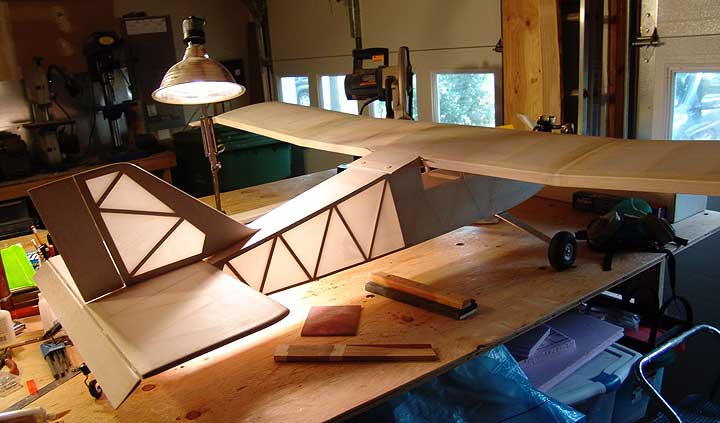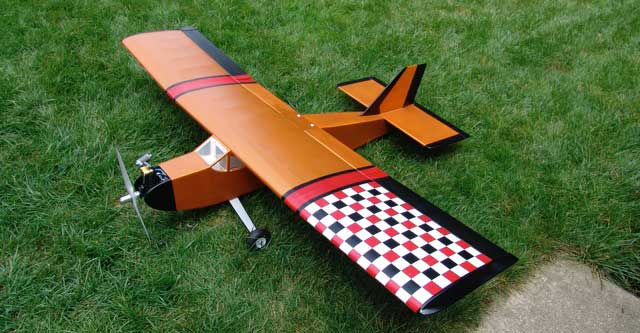
"I want to drop you a quick note of thanks for the outstanding kit! I can’t remember a more enjoyable build. The only issue I have encountered is a fuselage with a mild twist. As far as I can determine this is the result of rushing the joining of the two fuselage sides. Minor shimming aligned the wing and stab; once the plane is painted this is an error that will only be obvious to my perfectionist eye.
"I covered my FK with Sig Koverall (I love this stuff) following the methodology outlined by Jim Sandquist in Radio Control Airplane Finishing & Detailng; base of nitrate followed by stick-it, Koverall, thinned nitrate, thinned butyrate, thinned butyrate with talc. While arguably excessive for a sport plane ,the finish is fantastic!"

"While building and flying high-power rockets a couple years ago I found “Auto-Air Colors”. They are water based and easy to work with. The paint seems to bond well with just about everything (the rockets I build were fiberglass PVC based plastics) and work well with numerous clear coats. I did a test of the paint on a balsa scaffold that I covered with Koverall following the same procedure used on the FK. I covered the test “frame” with “Auto-Air” primer and then several thin coats of color (a wonderful lime green for this test) and finally with several coats of butyrate dope.
"I ran two tests: one with the butyrate painted on with a brush and a second test with several coats of thinned butyrate dope applied with a paint gun. The first test was to validate the stability of the paint when placed in contact with full strength dope and the second to mirror the finish method I plan to use on the FK. After a 24” hour cure in my garage (no heat laps, just a home on the workbench) the Auto-Air paint did not lift up or dissolve when I brushed on full strength dope. Granted, I mucked up the finish due to brush strokes, but the paint was stable. I had some trouble with the paint gun and the thinned dope due to the small diameter point on my gun. Ultimately I did manage to lay down a solid clear coat using an airbrush. This worked perfectly with the Auto-Air paints. As a final test I brushed glow fuel on both samples and let them sit overnight. The paint, with the dope clear coat, is fuel proof.
"I can’t comment with confidence regarding the paint’s ability to deal with the flexing of the airframe. Given past use on flexible material, and the nature of dope, I am confident that it will hold up well.
"Check out http://www.autoaircolors.com for info on the paint."
In a follow-up email, David wrote...
"The water based paint I spoke of worked well. I, however, failed to test it with the dope retarder and wound up having to repaint one of the ailerons as a result. The paint is tolerant of dope (both full strength and thinned by 50%) but is not at all tolerant of the retarder. The black paint “orange peeled” right off. Fortunately I discovered this on the aileron before I started the rest of the plane. I retested both thin and full strength dope on a test strip and then proceeded cautiously with thin overcoats. Everything worked out just fine; the paint is fuel proof. (The checkerboard pattern on the top of the wing is replicated on the underside of the right wing.)"

